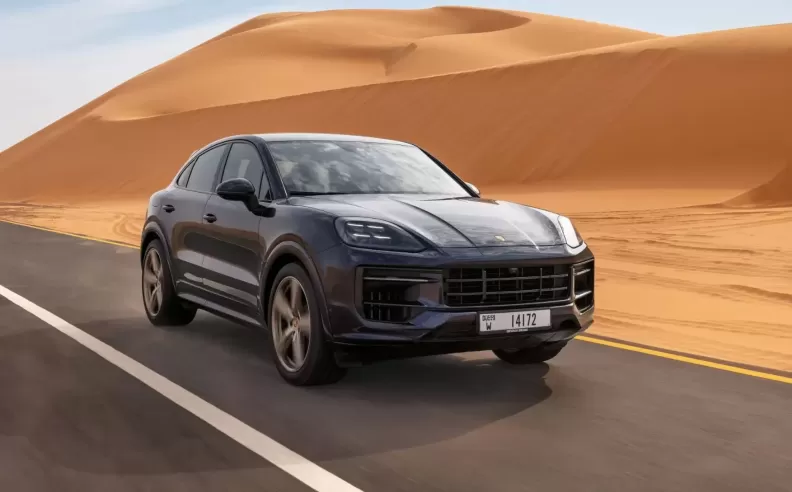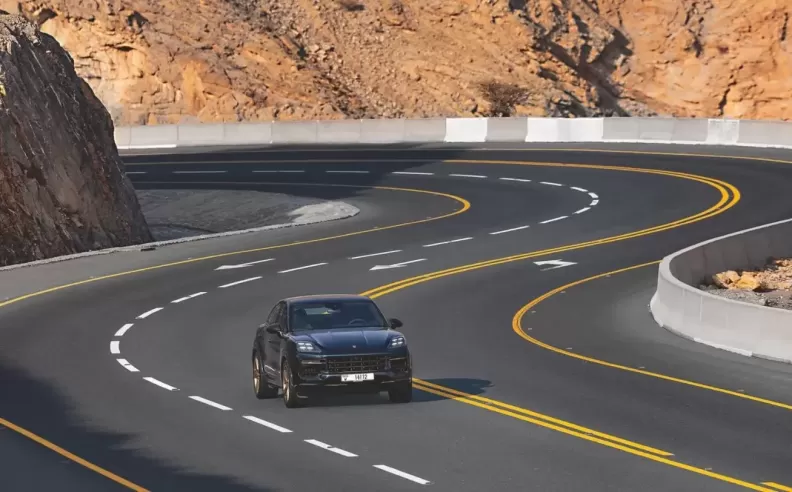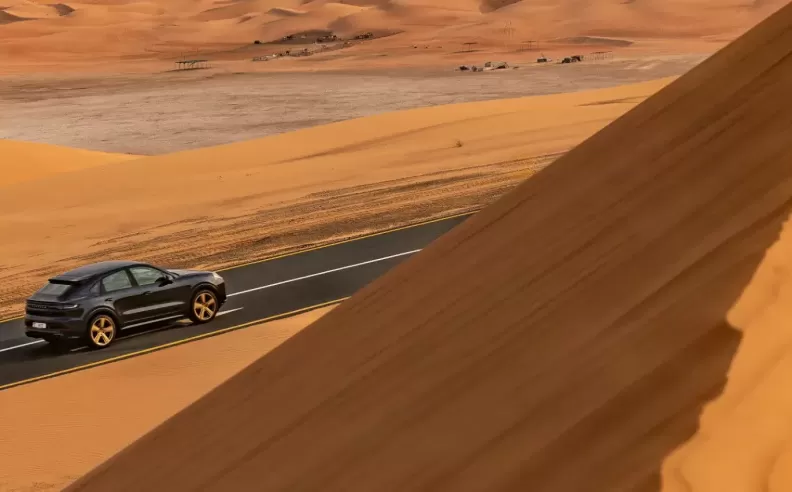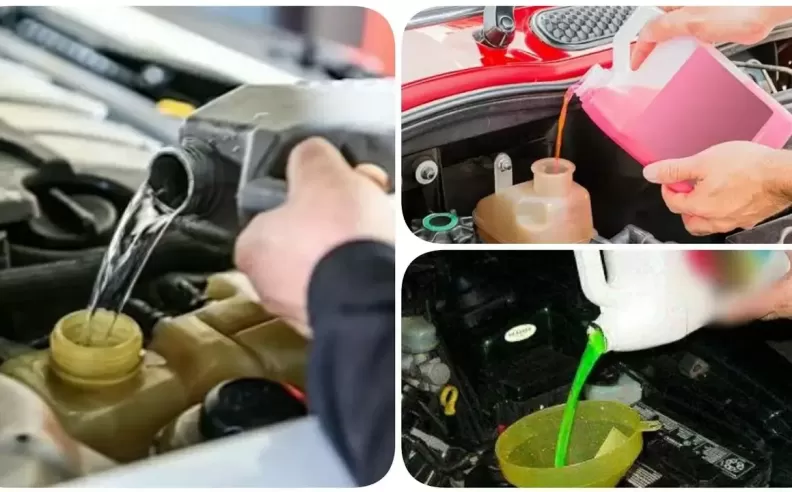
Driving through the intense summer heat of the Gulf is no joke. With temperatures often soaring past 50 degrees Celsius, your car’s tires become the first line of defense between safety and disaster. In this article, we break down everything you need to know about protecting your tires from damage, blowouts, and premature wear during peak summer months in Saudi Arabia and across the Gulf.

When the asphalt heats up and direct sun rays beat down, your tire pressure spikes, the rubber weakens, and internal damage becomes more likely. In these extreme temperatures, thermal expansion causes air inside the tire to expand, pushing pressure beyond safe levels. Combine that with rough roads or high-speed travel, and you are looking at a serious risk of a blowout.
Even when parked, cars are not safe. Tires exposed to direct sunlight for hours can suffer structural degradation. The rubber compounds dry out, and microscopic cracks begin to form. Over time, this weakens the entire tire wall, especially when combined with uneven weight distribution or heavy loads. Simply put, Gulf summers demand far more attention to tire condition than cooler climates.

Start with cold pressure checks in the early morning before the car has been driven. Heat alters readings, so checking when the tires are cool gives the most accurate result. Always refer to the manufacturer’s pressure guide located on the car’s door frame, not the numbers printed on the tire sidewall.
Inspect tires at least once a month for bulges, cracks, or worn-out tread patterns. Look closely at the sidewalls for any strange textures or patterns. If you're traveling long distances, take breaks every two hours to cool the tires and check for damage.
Another crucial practice is rotating your tires every 10,000 kilometers. This helps distribute wear evenly across all four tires, maximizing grip and extending their lifespan. And when possible, park in shaded areas or use tire covers to block harmful UV rays from weakening the rubber while stationary.
If your tire tread depth falls below 1.6 millimeters, it’s no longer safe. But in Gulf conditions, it is smarter to change them earlier, ideally after three years of use, even if they still look fine. The heat takes an invisible toll, and what seems like a good tire may already be compromised inside.
Unusual steering wheel vibration, rising road noise, or the car pulling to one side are major red flags. These signs often point to internal damage or imbalanced tires. When in doubt, get a professional inspection to avoid risky surprises on the road.
Safe tires mean a safer drive, especially in the Gulf summer. By following the right steps and staying alert to warning signs, drivers can reduce the chance of blowouts and keep their families protected no matter how high the temperature climbs.

Started my career in Automotive Journalism in 2015. Even though I'm a pharmacist, hanging around cars all the time has created a passion for the automotive industry since day 1.
